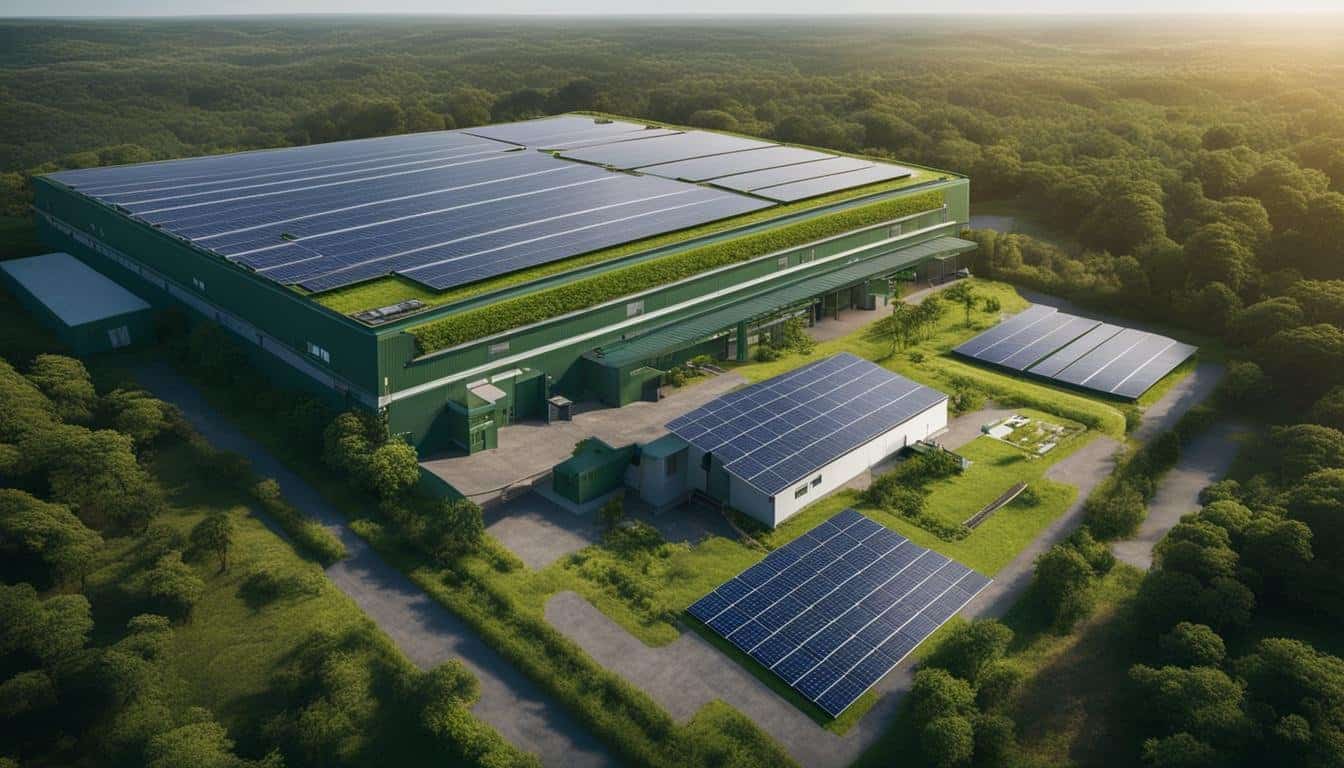As the climate crisis accelerates, its impacts are being felt across every corner of the globe. Rising temperatures, extreme weather events, water scarcity, and food insecurity are transforming the way communities live and work. However, not all groups experience these disruptions equally. Around the world, women and girls—especially those in low-income and rural areas—are disproportionately affected by the consequences of climate change. This deepening divide reveals how environmental degradation can intensify existing gender inequalities and hinder progress toward a more equitable future.
Climate change does not occur in a vacuum; it interacts with existing social, economic, and political structures. In many societies, longstanding gender roles place women at a disadvantage when it comes to accessing resources, education, decision-making power, and economic opportunities. As climate-related disasters become more frequent and severe, these vulnerabilities are magnified, leaving women and girls with fewer tools to adapt and recover.
In regions heavily reliant on agriculture, the gendered impact of the climate crisis is especially pronounced. Women make up a significant portion of the agricultural workforce in developing countries, yet they often lack legal ownership of land and have limited access to credit, irrigation, or improved farming technologies. When droughts, floods, or changing rainfall patterns reduce crop yields, female farmers typically face more challenges than their male counterparts in restoring productivity or securing alternative income.
Moreover, as environmental stressors intensify, responsibilities within households often shift—frequently placing more burdens on women and girls. In many communities, they are the primary collectors of water, firewood, and food. As these resources become scarcer due to ecosystem degradation, women must travel longer distances and spend more time on basic survival tasks, reducing the time available for education, paid labor, or political participation. In some cases, girls are withdrawn from school altogether to help manage these increasing domestic responsibilities.
Climate-induced displacement further compounds these challenges. When families are forced to migrate due to natural disasters, rising sea levels, or resource shortages, women and girls often face heightened risks of violence, exploitation, and human trafficking. The breakdown of social networks and the lack of legal protections in temporary settlements or refugee camps leave them vulnerable and frequently excluded from relief planning and distribution of aid.
Health is another area where the intersection of gender and climate is becoming more visible. Climate-related events such as heatwaves, natural disasters, and food insecurity have serious implications for maternal health, nutrition, and access to essential healthcare. Pregnant women are more likely to experience complications in extreme heat, while malnutrition during pregnancy and childhood can have long-term developmental consequences. At the same time, women often bear the responsibility of caring for sick family members, especially in communities with limited medical infrastructure.
Despite these vulnerabilities, women are not just passive victims of the climate crisis. Across the globe, they are leading grassroots efforts to protect ecosystems, promote sustainability, and build climate resilience. In Africa, Asia, and Latin America, women-led cooperatives and indigenous groups are restoring forests, conserving water, and developing climate-smart agricultural practices. These local initiatives demonstrate that women’s leadership is essential to effective environmental action—but they often lack the funding, visibility, and policy support needed to scale their impact.
Policy regarding climate change, both nationally and globally, frequently overlooks gender considerations. Initiatives aimed at reducing emissions or enhancing renewable energy use might unintentionally marginalize women if they do not tackle inherent disparities—such as limited access to property rights, financial resources, or technical education. Climate strategies that integrate gender perspectives are crucial to guarantee that policies include, are fair to, and effectively reach the communities that require them most.
The United Nations has put a growing focus on the necessity of incorporating gender factors into climate initiatives. The Paris Agreement specifically urges for gender equality and the empowerment of women in tackling climate issues. Similarly, the UN Framework Convention on Climate Change (UNFCCC) has crafted gender action plans to assist nations in creating more inclusive climate strategies. Nonetheless, execution varies widely, and actual advancements rely on the willingness of specific governments and organizations.
Education and capacity-building are key components of any long-term solution. Empowering girls with access to quality education equips them with the knowledge and tools to participate in climate decision-making, pursue careers in environmental science, and advocate for sustainable practices in their communities. At the same time, involving women in local governance and climate adaptation planning helps ensure that policies address the specific needs of diverse populations.
Private sector involvement also plays a role in shifting the dynamic. Green technologies, clean energy initiatives, and sustainable development projects can be designed to include women as leaders, workers, and beneficiaries. Programs that provide microfinance, vocational training, or entrepreneurship support specifically for women can help close the economic gap exacerbated by climate change.
The growing awareness of the intersection between climate change and gender inequality offers an opportunity for more holistic, inclusive solutions. By recognizing and addressing the different ways that climate impacts men and women, policymakers and advocates can develop strategies that build resilience, protect human rights, and promote gender equity.
The climate crisis is not only an environmental issue—it is also a deeply social one. Without intentional efforts to address gender disparities, the impacts of climate change risk further entrenching inequality. But by putting gender equity at the center of climate action, the global community has the opportunity to create more just, adaptive, and sustainable societies for all.





